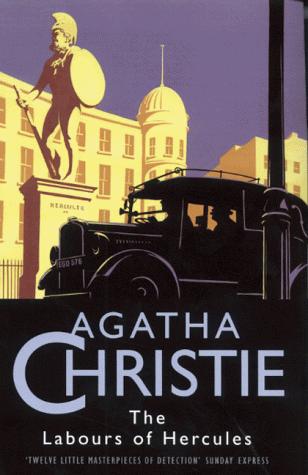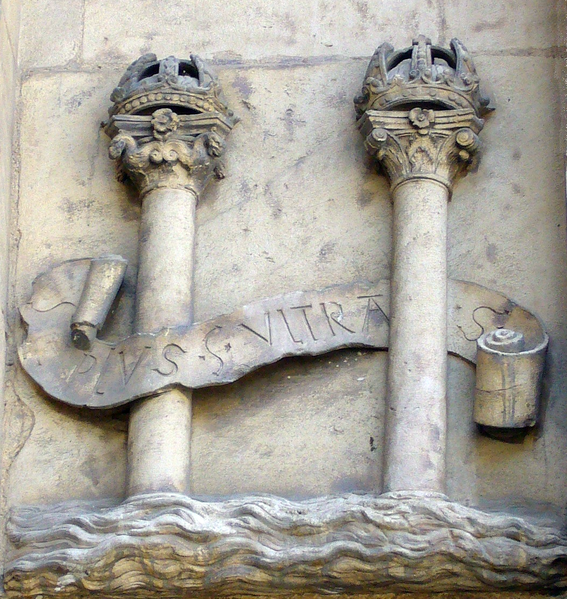 Real Name
Real Name: Hippolyta (also spelled Hippolyte)
Identity/Class: Olympian god
Occupation: Vassal of Pluto, former Monarch
Group Membership: Queen of the Amazons; leader of the Bacchae
Affiliations: Ares, Pluto, Pazuzu formerly sought Hercules as her lover
Enemies: Hercules and the Argonauts, The Champions, Caledonia, Marvel Girl (Valeria Von Doom), Thor
Known Relatives: Artume (daughter), Ares (father), Otrera (mother, possibly deceased), Zeus (grandfather), Antiope, Penthesiliea, Melanippe, Hiera (sisters, deceased), Hippolytus (nephew, deceased)
Aliases: Queen of the Amazons
Base of Operations: Hades, formerly Themiscyra (now part of modern Turkey)
First Appearance: Thor I#127 (April,1966)
Powers/Abilities: Hippolyta possesses greater strength, stamina and resistance to injury than any other Olympian goddess. She has superhuman strength(Class 50) and above average prowess in armed and unarmed combat taught by Ares himself. In addition, she can further enhance her strength by donning the Gauntlets of Ares. These grant her close to Class 100 strength, but they are only effective in combat. They do not grant strength unless used in a fight against another. Her girdle was also a highly sought-after item.
Height: 6' 2
Weight: 200 lbs.
Adventure n.1: (Marvel Treasury#24) - Hippolyta posed as an innocent woman who Hercules saved from being hit by a car. He accompanied her back to her apartment, which was actually one of Mt. Olympus' touchstones on Earth, and she revealed her true identity. Furious over his spurning of her love, she attacked and tried to kill him, her own strength greatly amplified by the Gauntlets of Ares. However, in the course of the battle, they collapsed some immense pillar. Hercules caught the pillar to save Hippolyta, but because of its magical ties to Olympus (or some other such plot device), he could not hurl it away. Hippolyta had merely to stand back and watch Hercules be crushed, but she couldn't do it. She added her strength to his (the Gauntlets' power was no help here) in tossing the pillar aside. Saying they made better friends than enemies, ercules offered her his hand in peace. Disgusted, she slapped it away, asking why she would want his hand when she couldn't have his heart. She told him she had repaid her debt to him for saving her life, but that some day she would have her revenge.

















